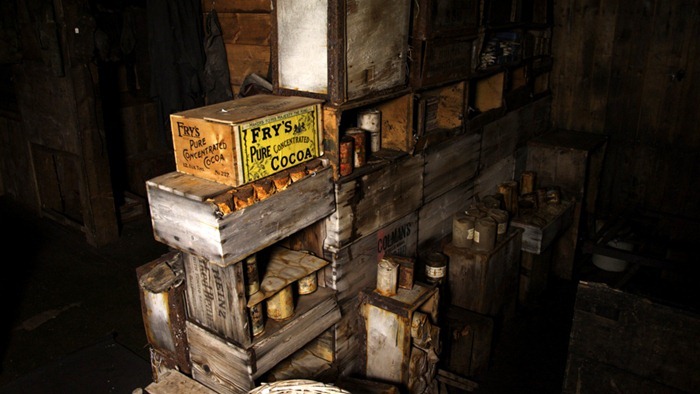Robert Falcon Scotts hut is located on the north shore of Cape Evans on Ross Island in Antarctica.
After 1917 the hut remained untouched until 1956 when US expeditioners dug it out of the snow and ice.
While food are largely preserved due to the freezing temperatures and dry climate, bacterial decay still occurs.
The Antarctic Heritage Trust is mid-way through a six-year project to conserve the hut and all of its contents.
Scott’s Hut was prefabricated in England before being brought south by ship.
It is rectangular, 50 feet long and 25 feet wide.
Insulation was provided by seaweed sewn into a quilt, placed between double-planked inner and outer walls.
Scott was the first explorer to realize the importance of photography in wooing the newly emerging newspaper industry.
Meals served in the hut were substantial, and could run to several courses.
Scott believed that the men needed good meals to help them cope with the hardships.
The food included the finer things that the gentlemen of the expedition would have been used to.
However, cook Thomas Clissold occasionally improvised with seals and penguins.
Medicine bottles can be seen on a shelf above one of the beds.
Liquorice Compound Powder (far right) was used to soothe upset stomachs.
A wall of boxes stands 6ft (1.8m) high and runs along the width of the hut.
I am quite sure to the satisfaction of both," Scott wrote in his diary.
The expedition also boasted the most comprehensive Antarctic scientific study of its day.
Newspapers and books are still scattered around the hut.
Based in the hut for two years, the men treasured anything they could read.
Sources:BBC,Wikipedia.
Hundreds of more picturesat Flickr
Related











